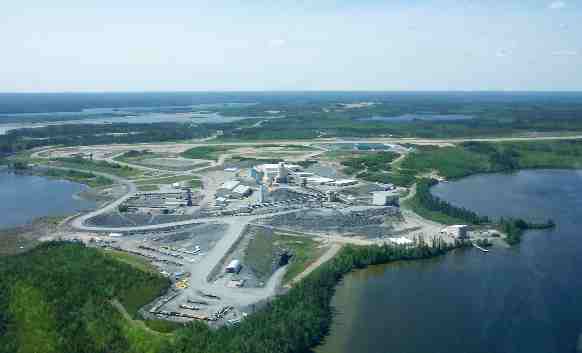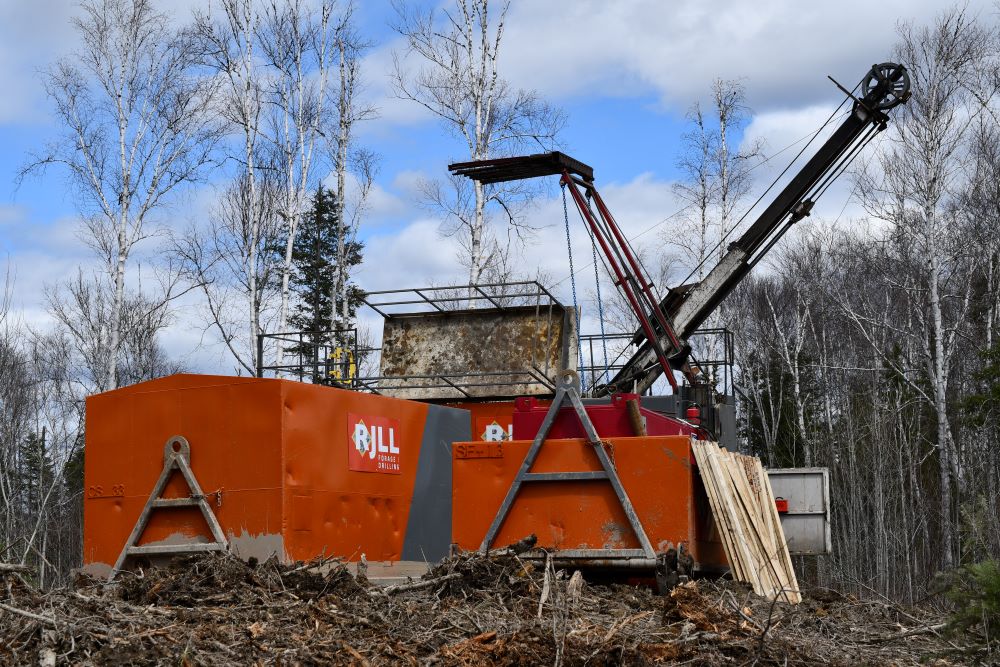Editorial: Electricity without the static

Once again, we are pleased to bring CMJ readers the latest about reducing their carbon footprints. The net zero mine is not just a trend but the future of a sustainable and responsible mineral industry.
Powering your operations with electricity – particularly if its is generated by renewable sources – is a giant step toward a smaller footprint. The options to use battery electric power are growing, not only in the mining sector but also for global industry, governments and individuals. If the Earth’s population does not embrace this change, global warming will continue, and climate change alter the planet permanently. Read about the various renewable power sources, beginning on page 14.
Our mining sector has grabbed the lead in mining industry electrification. Individual mines are quickly making changes. All-electric mines such as the Borden underground gold mine in Ontario, the Matawinie open pit graphite mine in Quebec, and the Crawford nickel mine in Ontario are a reality. These are important leaders in the adoption of battery electric vehicles.
With all this electricity zooming around, beware of static – meaning opposition to a project from the Indigenous community or the environmental lobby. CMJ offers help to build consensus. Indigenous people for the most part want to participate in mining as it provides a better income option than relying on the federal government. Learn what the authors of the book “Weaving Two Wolds: Economic Reconciliation Between Indigenous Peoples and the Resource Sector” have to say about how Indigenous inclusion can be accomplished (see page 21).
Environmentalists are difficult, as well. They have little-to-no practical understanding of the industry and will object on principle rather than on science. They have succeeded in adding another layer to ESG reporting, that of engagement with local communities about tailings management. Learn more by reading the contributions from our columnists on pages 5 and 37.
Lithium has become much in demand for lithium-ion batteries to store energy generated by renewable means. The price of battery-grade lithium carbonate has skyrocketed in the first three months of this year to US$76,700 per tonne. Last year it was trading at US$13,400 per tonne. Such price activity also has miners looking to build more mines to meet demand, but mining a green metal should be done in the “greenest” way possible. Take a look at Carl William’s article on page 29 to learn more about mining and processing lithium without the high-carbon footprint of traditional means.
For operators who are adopting or ready to start the journey to net zero mining, CMJ has included information bout the latest battery-electric vehicles that are available to operators above and below ground (page 27). CMJ
Final thought: Canada is past the point where incremental adjustments are good enough. Achieving our country’s 2030 emissions reduction target is critical after decades of missing the mark.
– Dan Wicklum, co-chair of Canada’s Net Zero Advisory Body





Comments